The most frequent causes of cracks in plaster walls and how to fix them
Topic:
Home Maintenance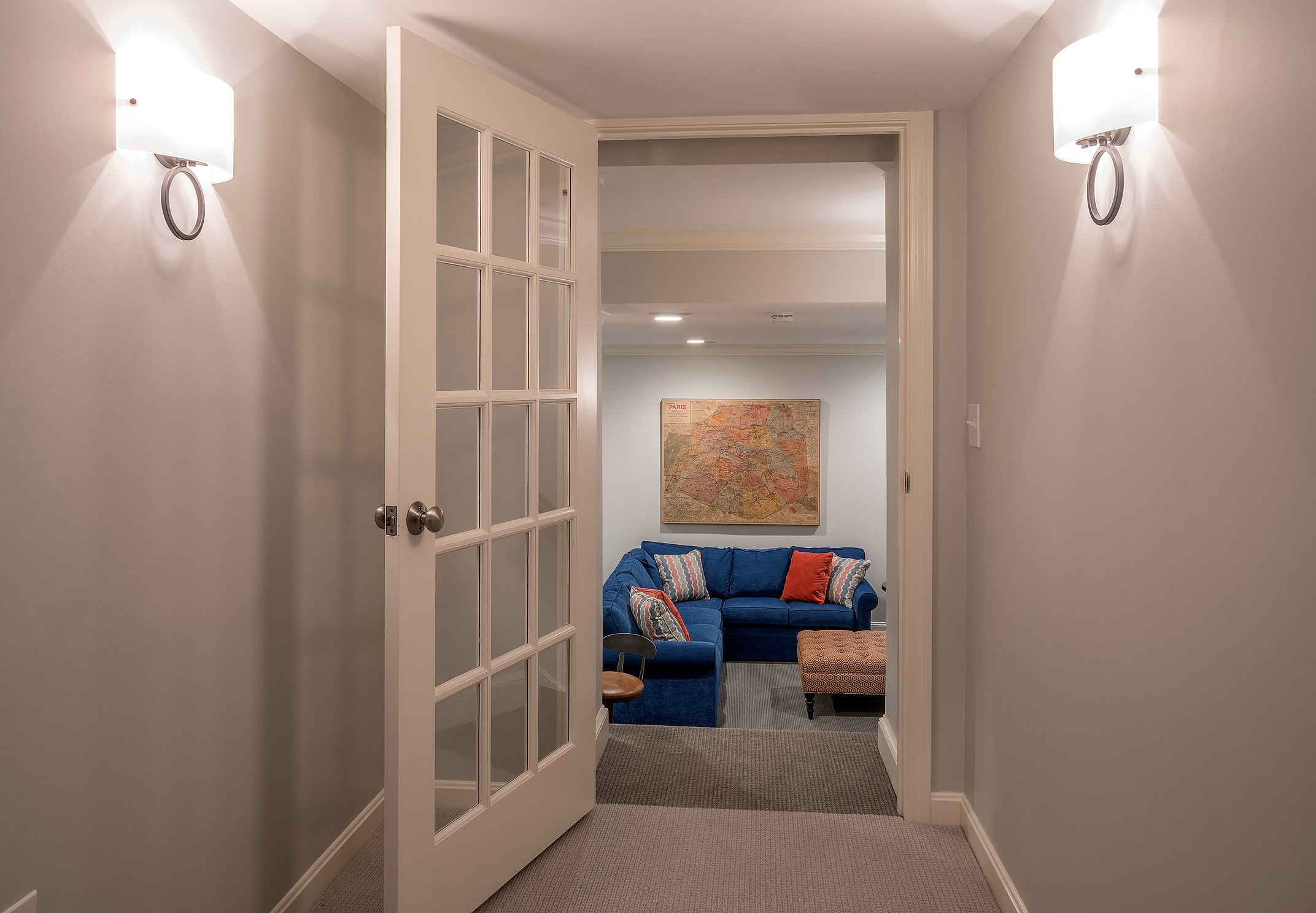
At some time in the life of every home, cracks will appear in the plaster. There are many causes of cracks; some are more serious than others.
For one thing, the weather in New England is fickle, to say the least, with large temperature swings from night to day. These significant variations result in air movement in and through the walls of a home. Temperature gradients between the indoor and outdoor, changes in humidity, and other weather and conditions can cause cracks in your plaster or create other problems requiring maintenance.
Natural settling, recent remodeling, the age of the plaster itself are among other prominent causes of cracks in plaster. Sometimes, small cracks are just part of homeownership and can be easily patched; however, larger cracks most likely point to more serious issues that require the attention of a home renovation expert.
Common Causes of Wall Cracks
Remodeling
A major remodeling project, especially one that involves new walls and/or new foundations, means that settling and shifting will be a normal expectation in the year or so that follows the renovation. A home addition will need a year of weather as all the components adapt to the environment. As that process of settling takes place, you may see cracks in the plaster.
Beyond the normal settling process, when you put an addition on an older home, you are using craftsmanship and materials that must conform to today's energy codes. The new section of your home will have better, tighter insulation. Changes in air circulation in your home can also cause cracks in the plaster.
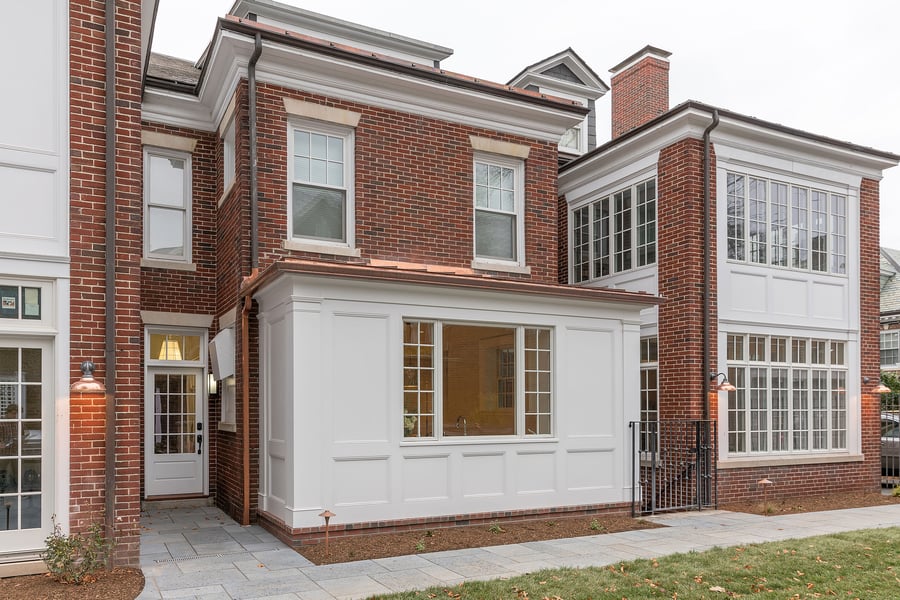
A well-done renovation, where craftspeople pay attention to how their part — a strong foundation, framing with straight studs, allowing the plaster to cure correctly, etc. — affects the whole, will go a long way in minimizing cracks.
After settling, a good renovation will simply require a touch-up on the plaster and paint. Preplanning each step of the renovation goes a long way in ensuring a good outcome and eliminating post-construction problems.
Dry Air
If you see more substantial cracks in the plaster of original sections of your home, or in the renovated areas, for that matter, it could be related to dry air. If your house is energy-efficient and running a dehumidifier, plaster can get dry, and cracks can form.
HVAC System
Another cause of dry air could be the heating system in your home. For example, forced air can cause a home to dry out in the winter. The solution is to install a whole-house humidity control system.
We recommend a humidity level of 30 to 40 percent as a comfortable level for occupants and helps minimize or eliminate cracks in plasterwork. We recently visited a very well insulated home, and the humidity reading was a dehydrated 20 percent. As a result, the dryness pulled the humidity from the walls, and several cracks appeared. We recommended a humidity control system that solved the problem and created a much more comfortable living environment for the homeowners.
Structural Issues
Homeowners who see wide or exceptionally long cracks in plaster have good cause for concern. Exterior walls with cracks could be caused by problems with the foundation or a recent renovation that created an open space by removing a wall. Removing walls can cause changes in loading of the weight above, resulting in hairline cracks or even cracks up to ½ inch wide.
Old Plaster
Older New England homes were constructed using lath and horsehair to add strength to the plaster. Often, when a homeowner does a renovation in the house with this type of wall, the vibrations caused by the renovation process can cause cracks in these walls, even walls far away from the renovation.
Water Infiltration
If you see discoloration around a crack in the plaster, that is likely the result of a leak in the roof, a window, or the sealing around a chimney. The process of infiltration, drying, and more water infiltration creates cracks. When you see that kind of discoloration around a crack in the plaster, you want to have a professional take a close look to find the root cause and look for other potential water damage.
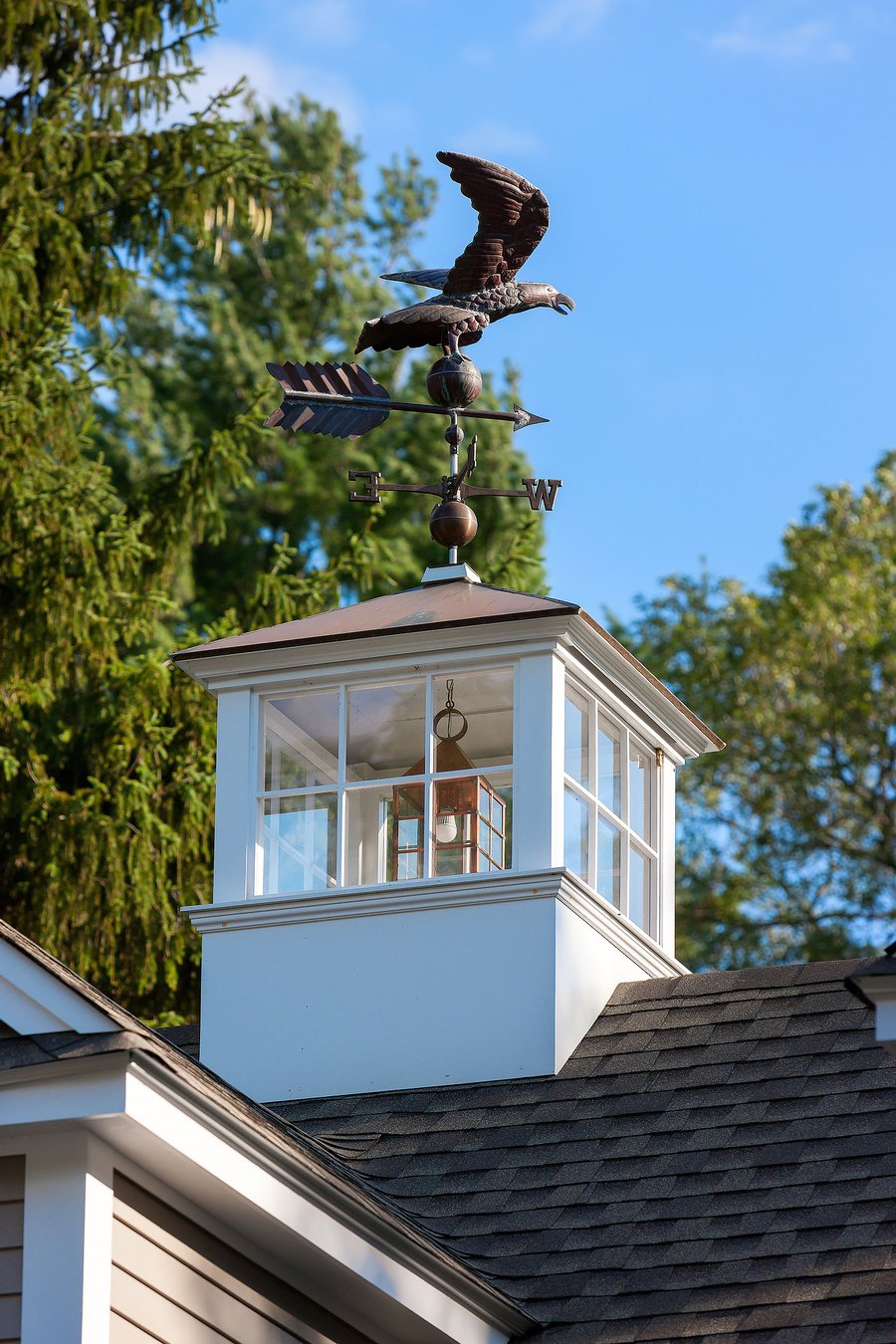
Unattended Property
A vacation home or other property that remains unattended for long periods is susceptible to cracks in plaster. When systems are turned off or the heat is set just so pipes do not freeze, the extreme variations in temperature over time can cause cracks to appear.
Cracks in plaster can be caused by many factors, and these scenarios are specific to the conditions of your home and your location. Temperatures, relative humidity, soil conditions, structural components, and even the attention to detail when the house was being built or remodeled can contribute to cracks in plaster.
Understanding the root cause will allow you to address the problem to eliminate the underlying issue or issues and fix them — and have walls that stand the test of time.
To learn more about home maintenance, please download our FREE eBook - Home Maintenance: This is How Professionals Do It. And if you are ready to speak about your next renovation, please schedule a home renovation discovery session.


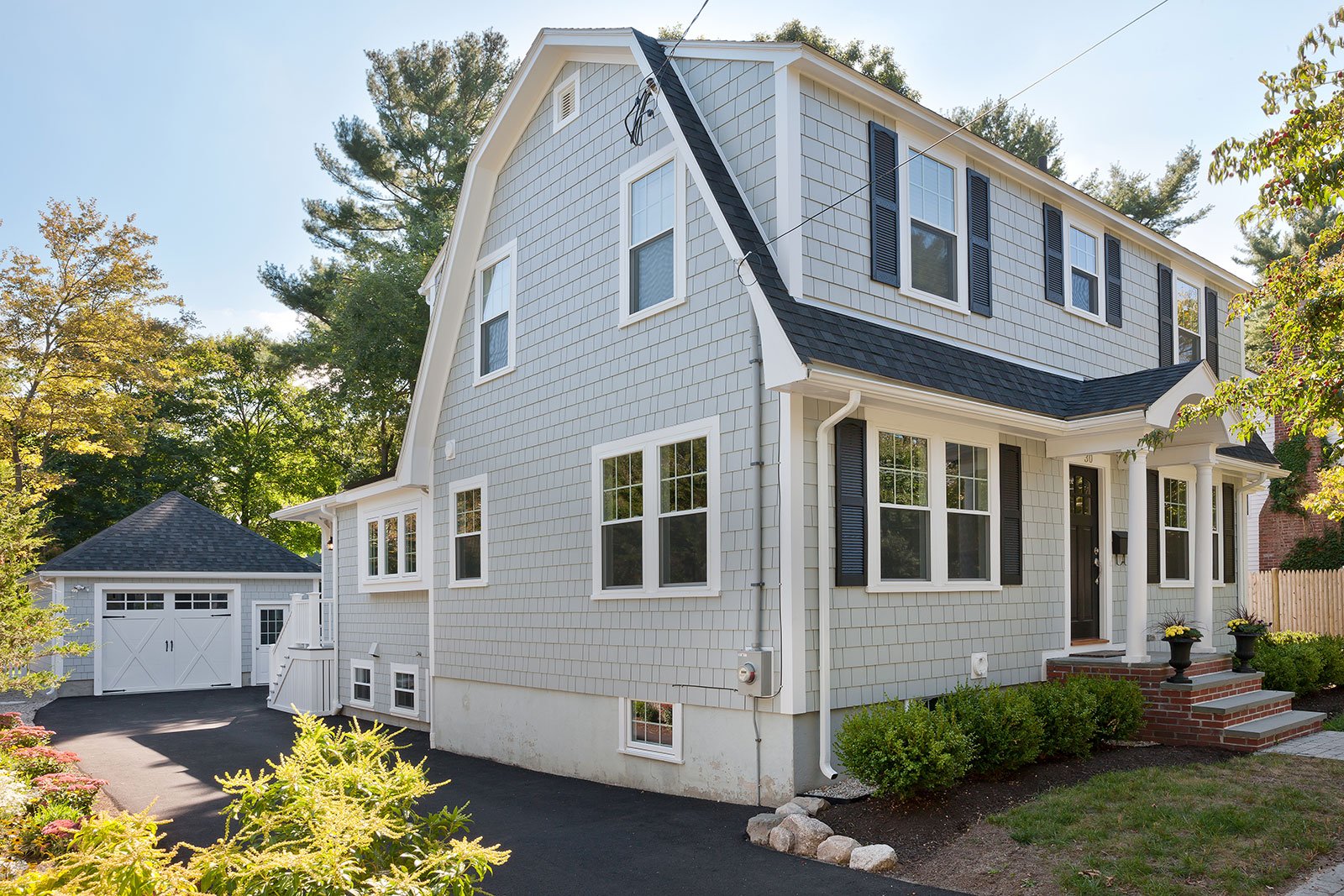
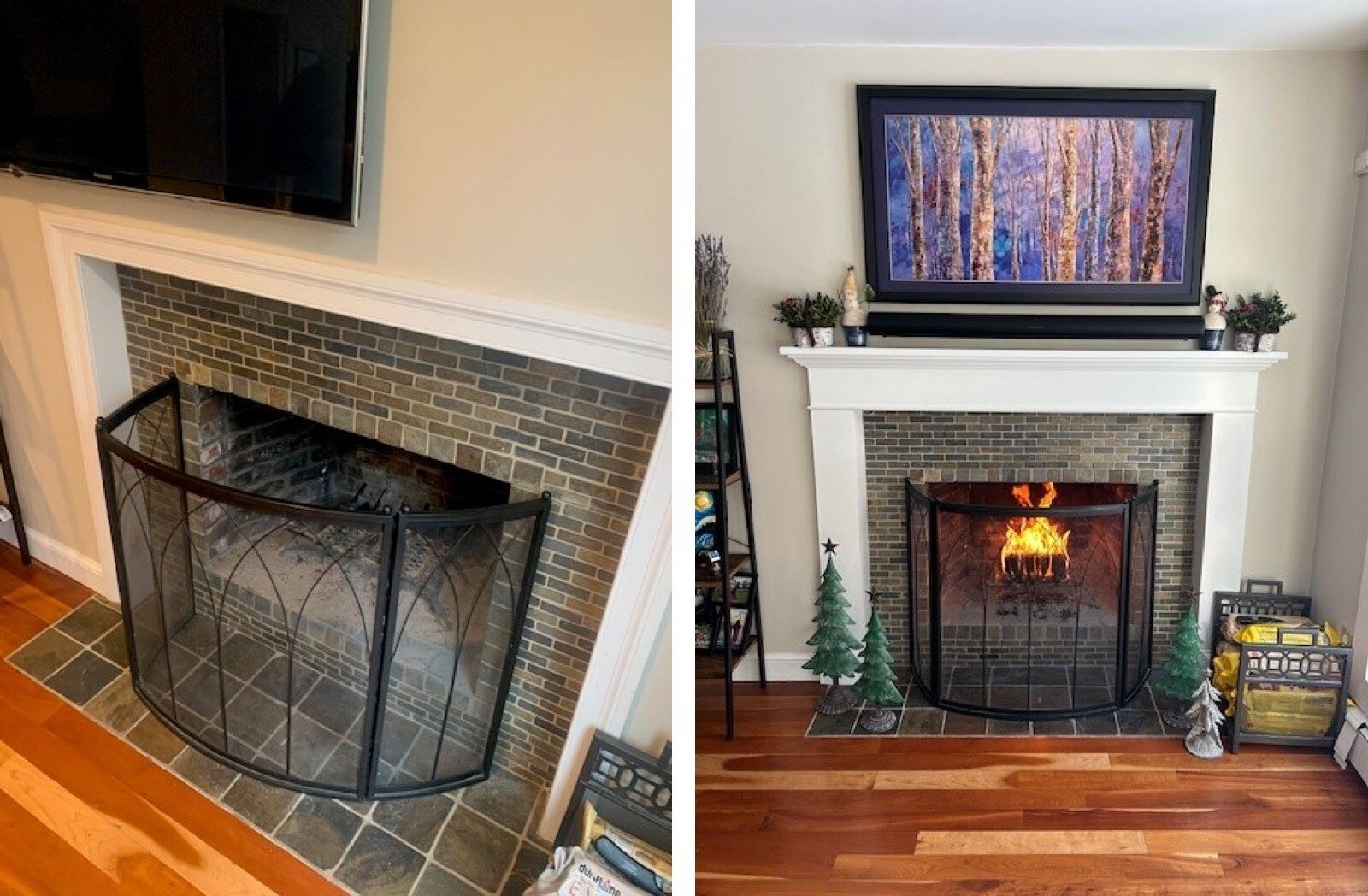
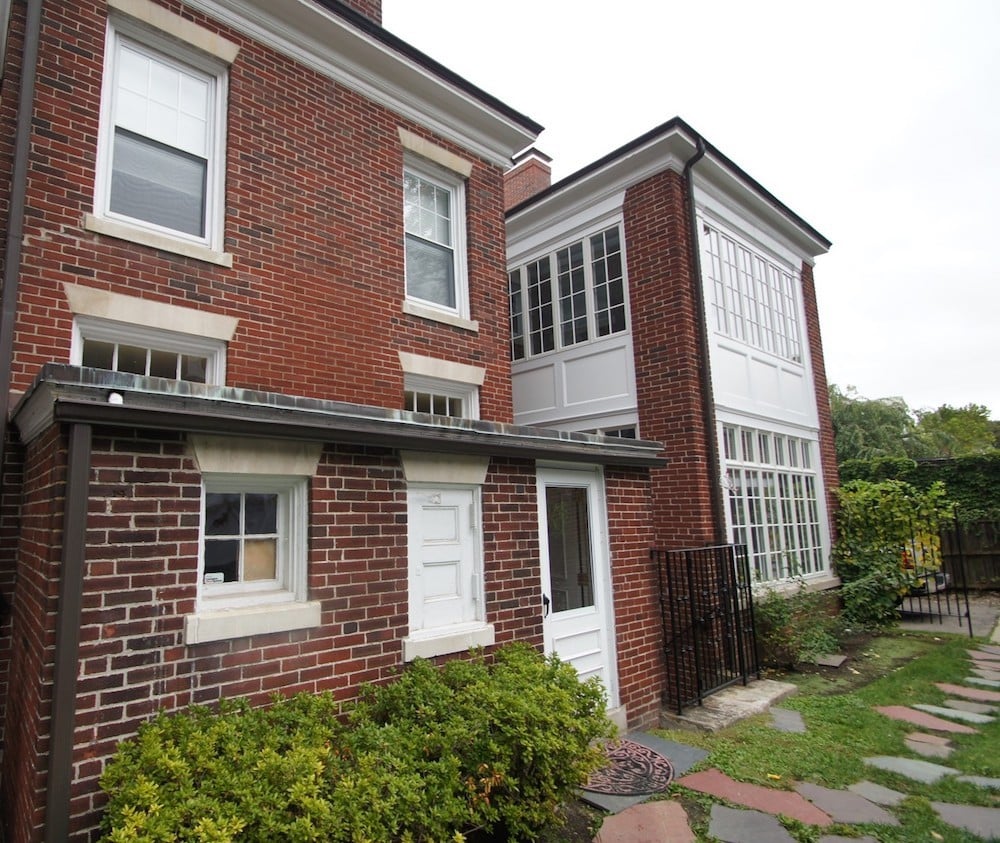
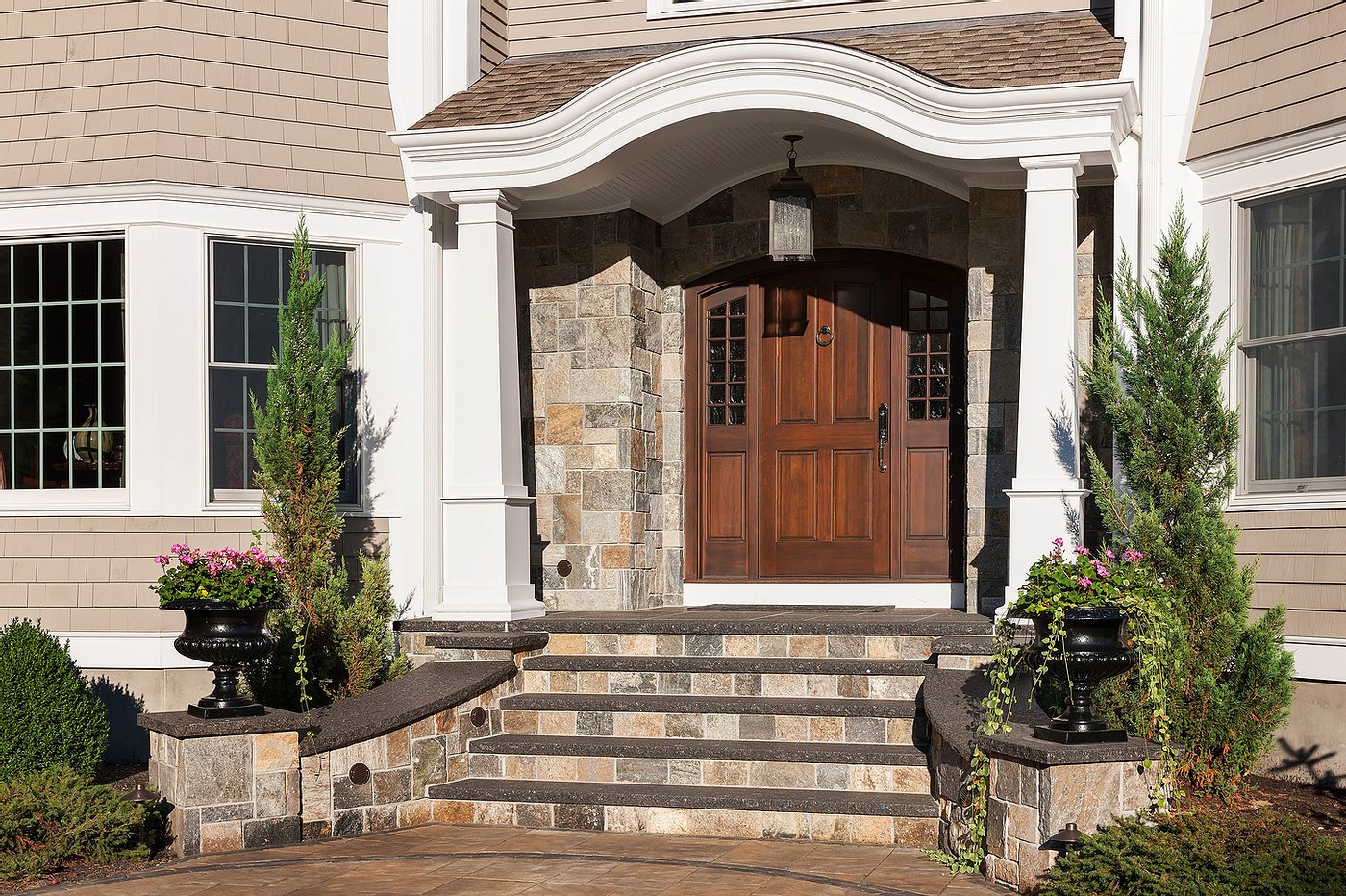
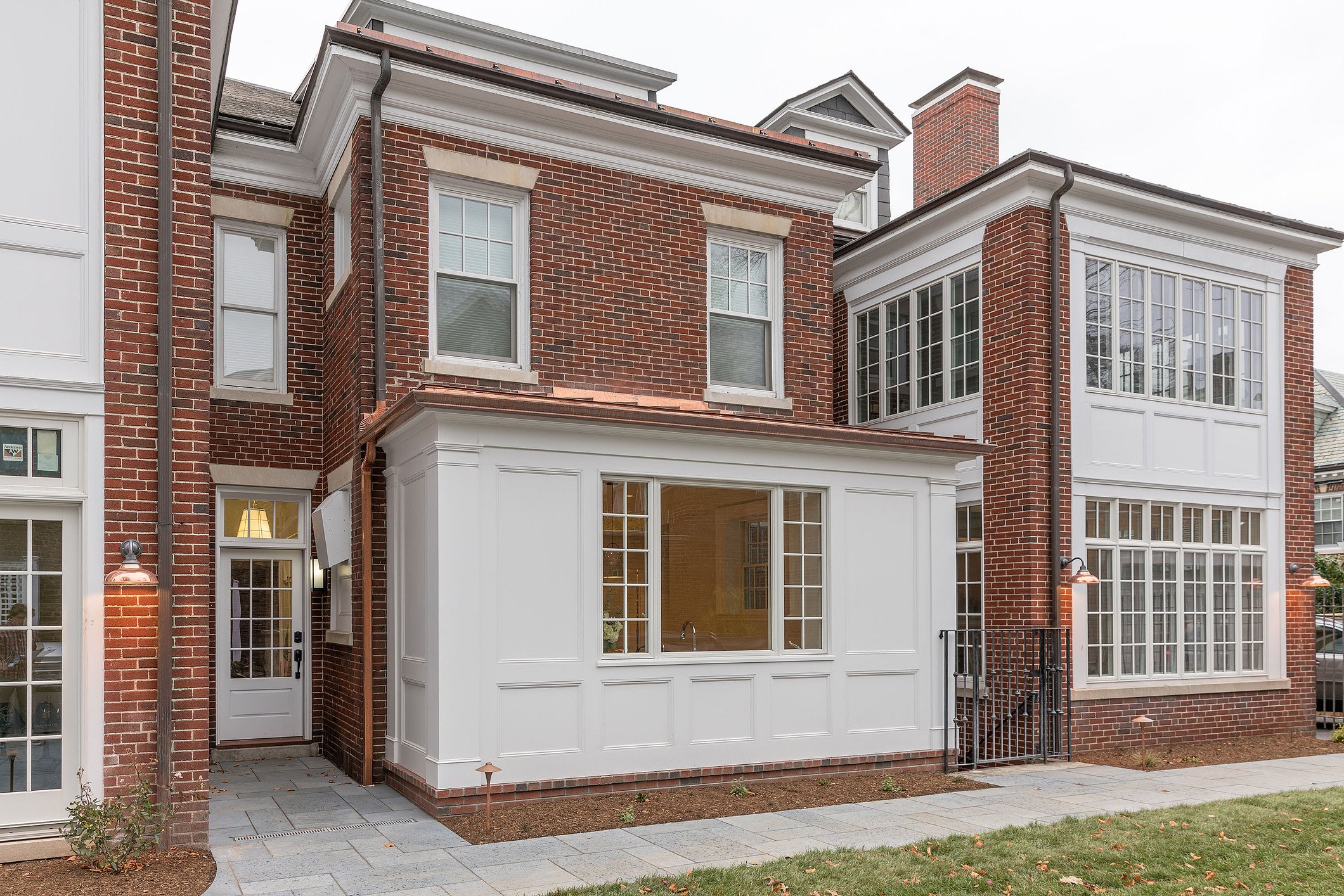
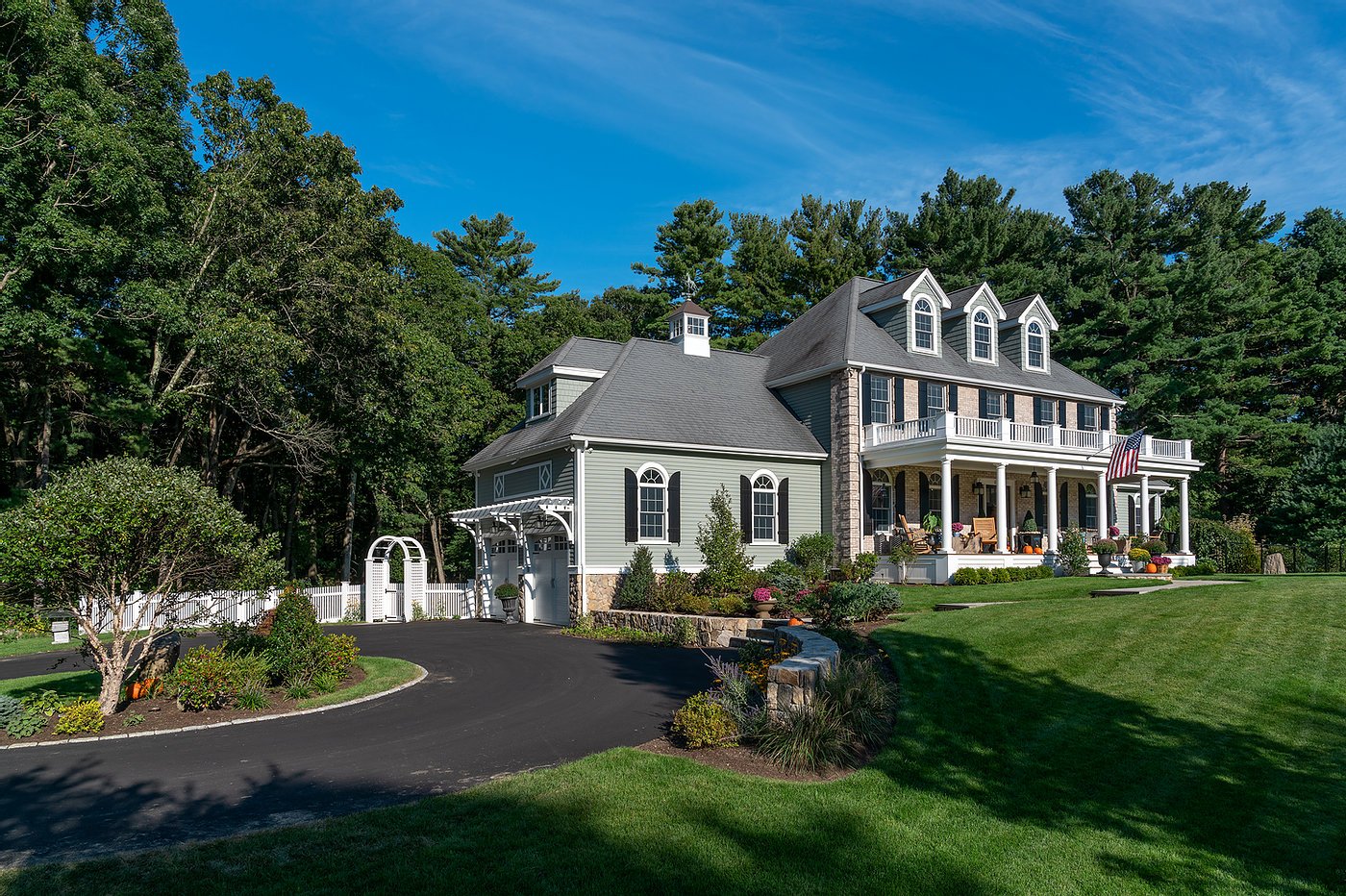
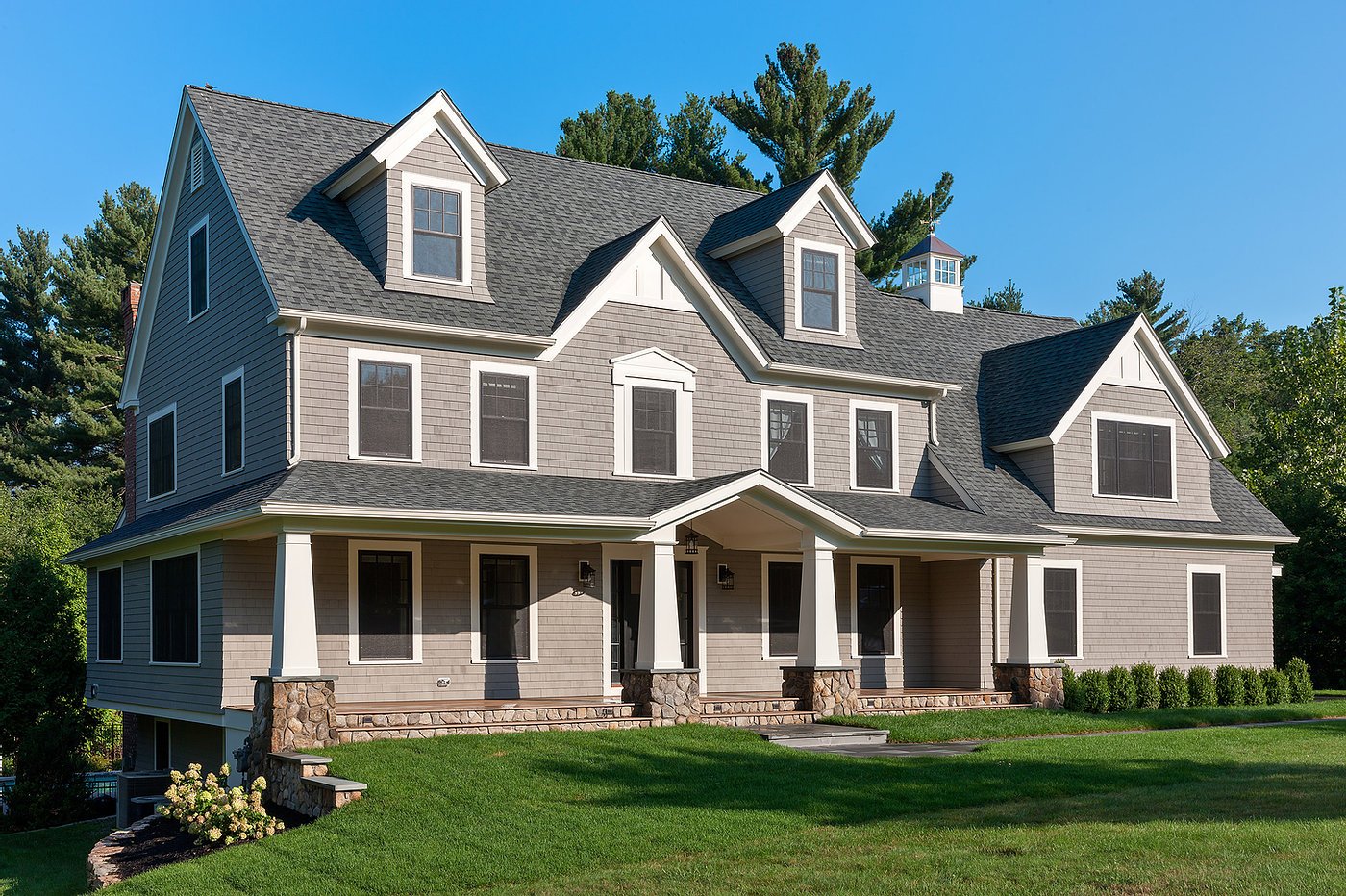
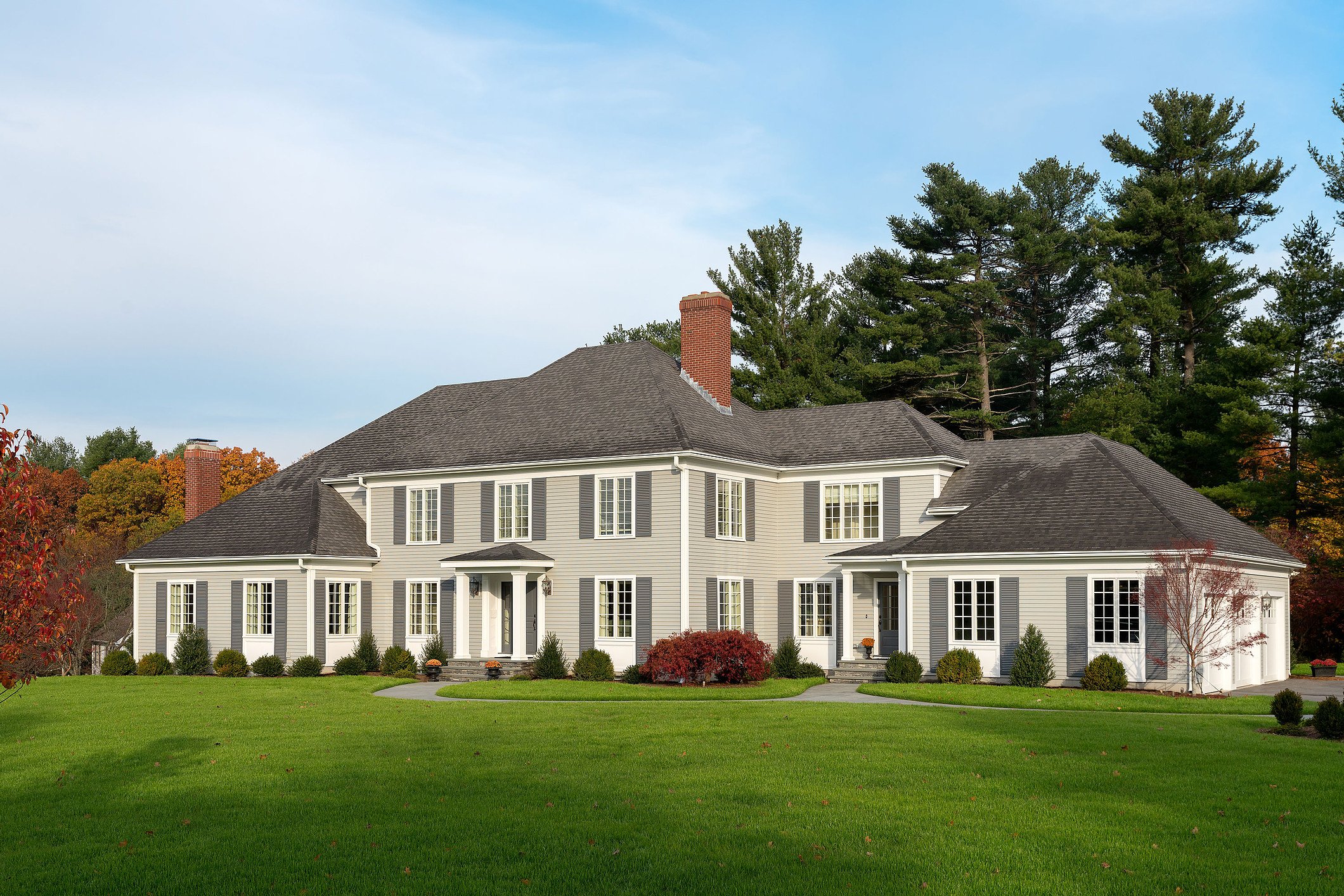
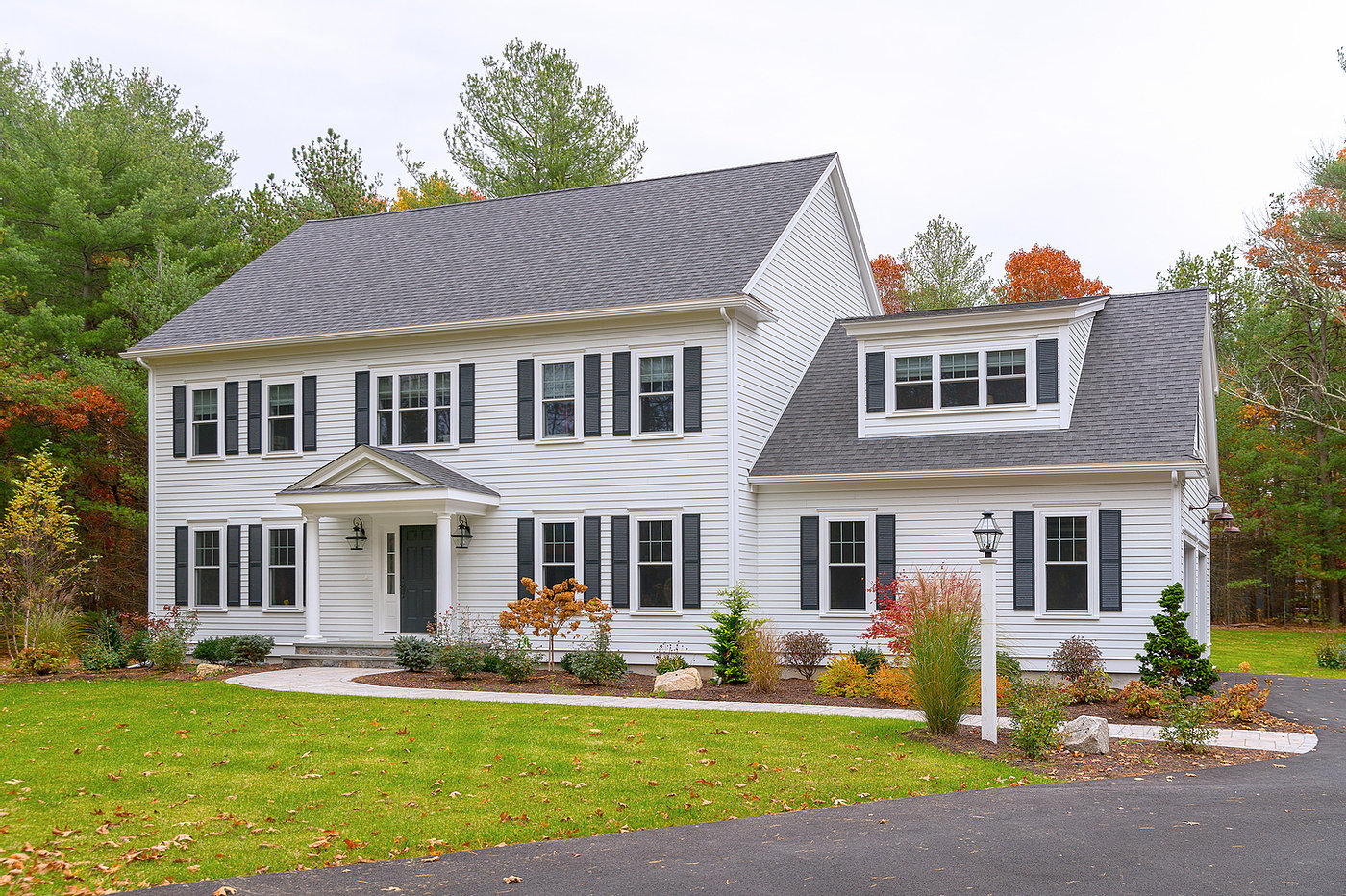
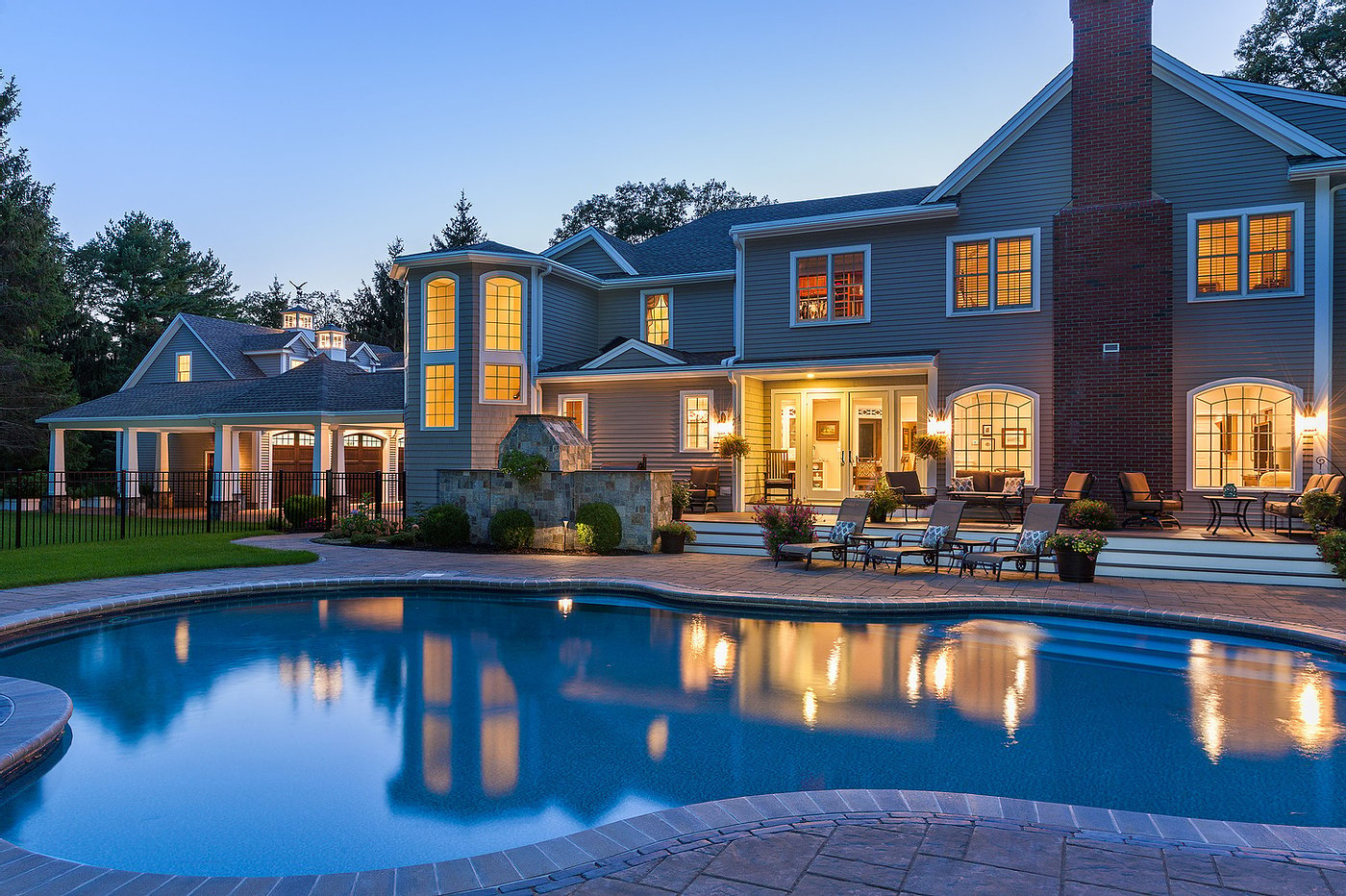
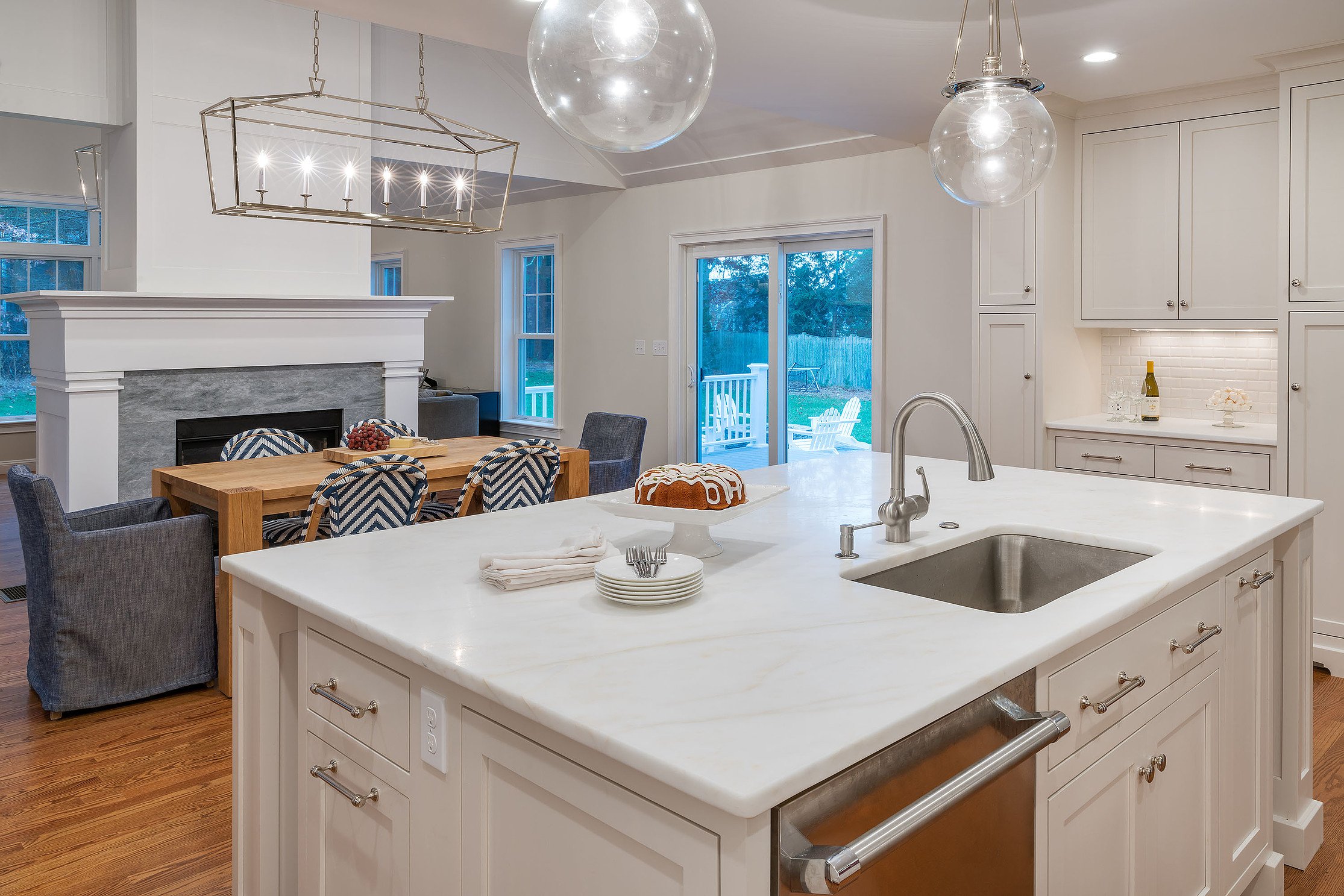
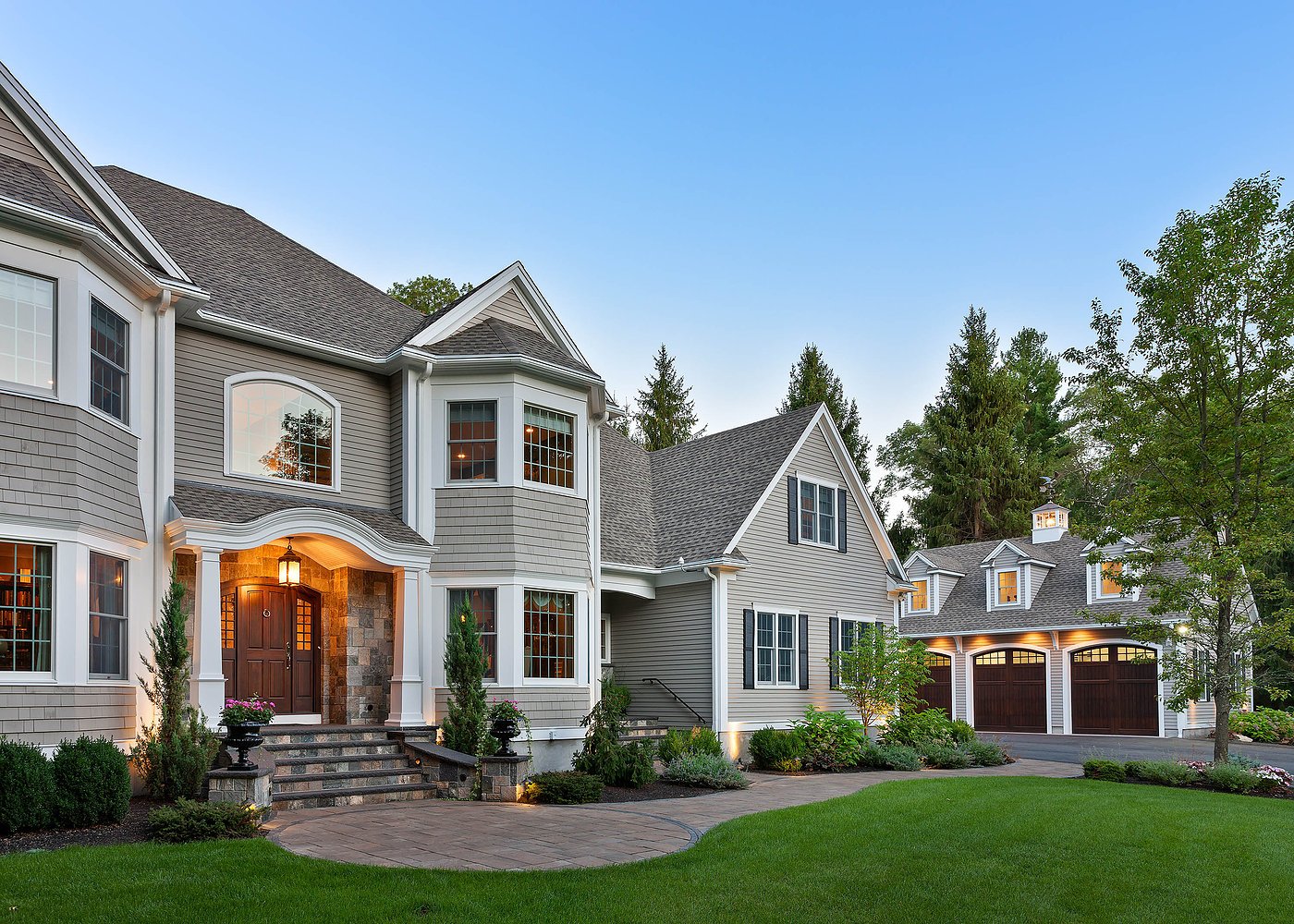
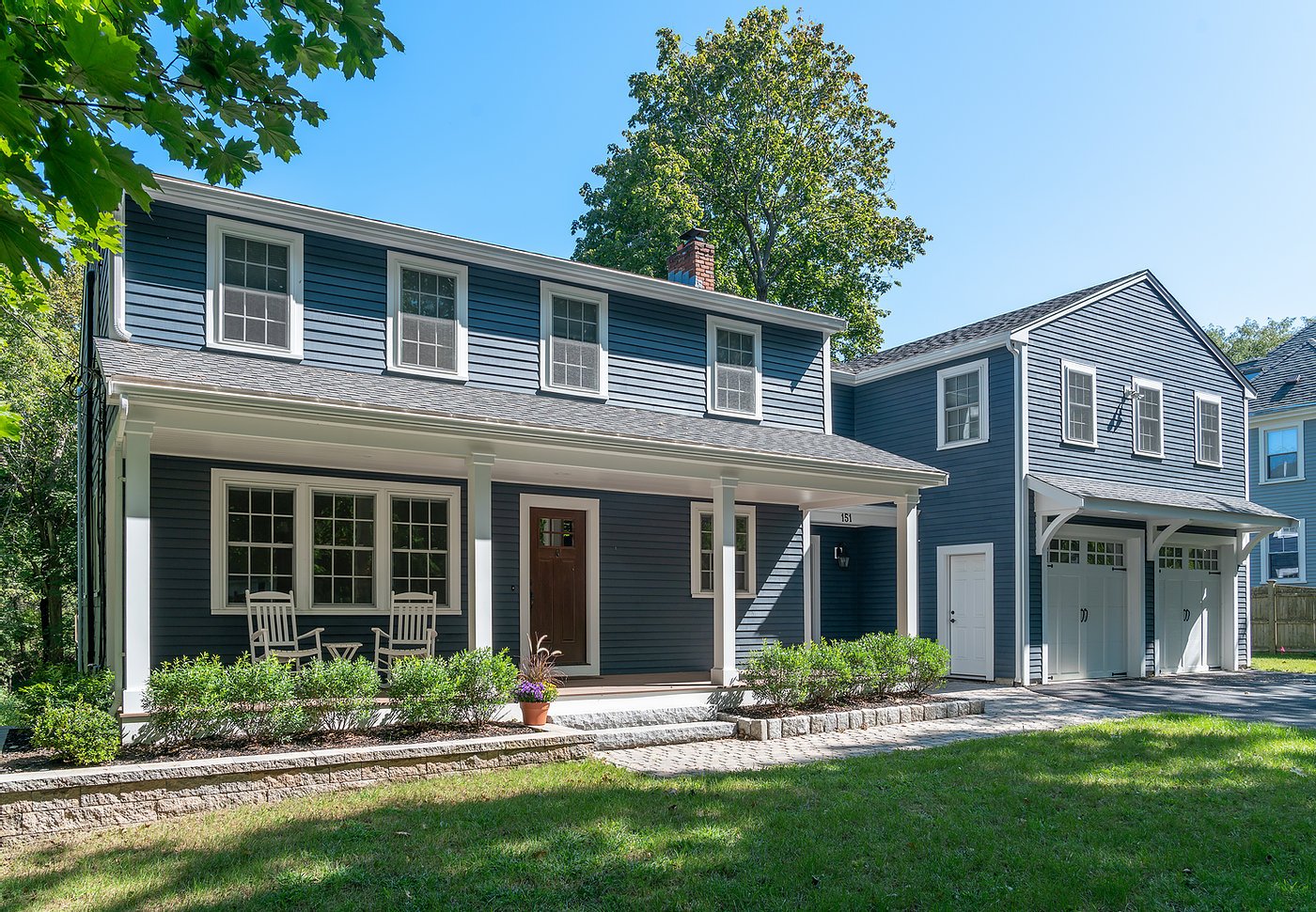
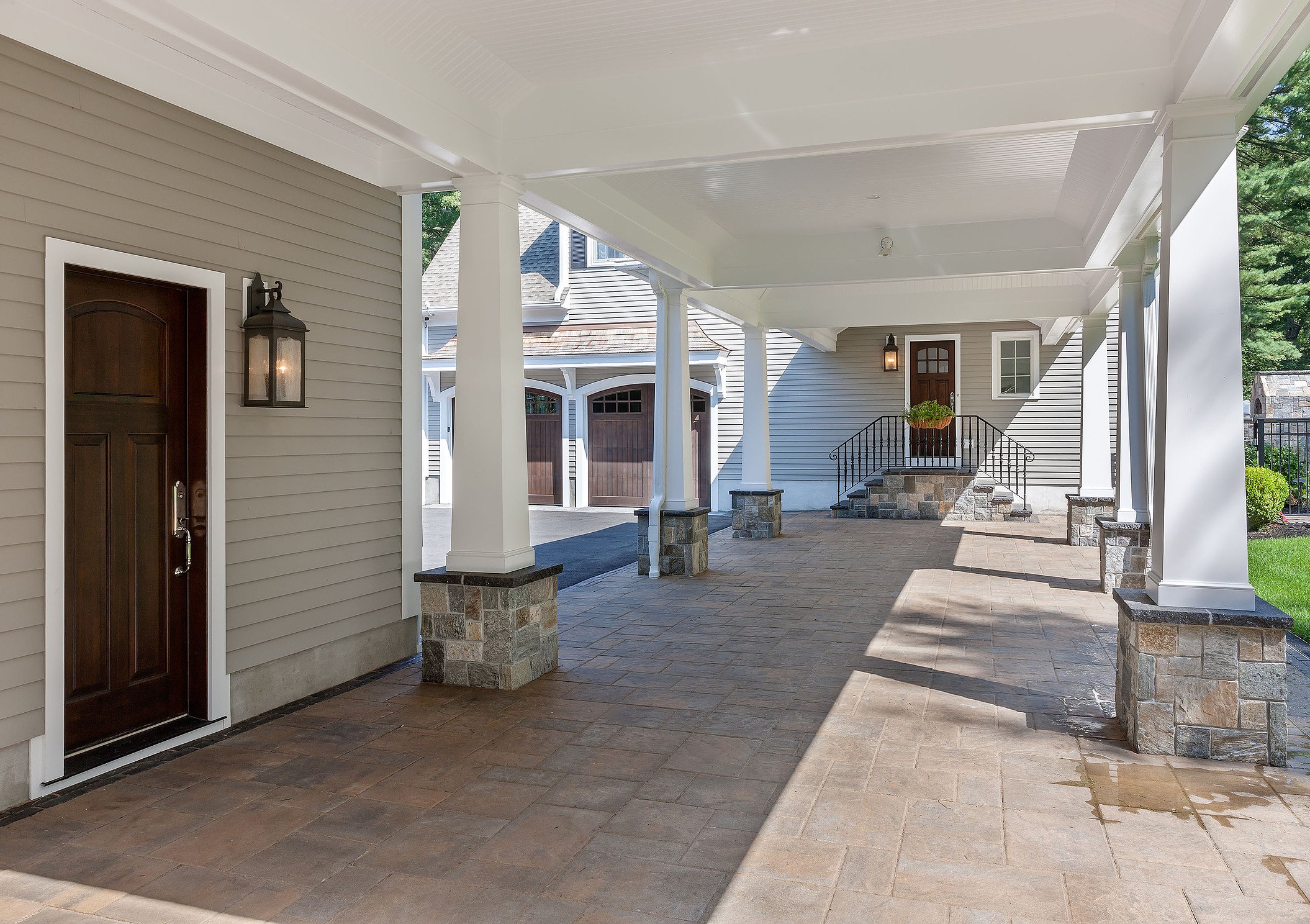
Leave a comment